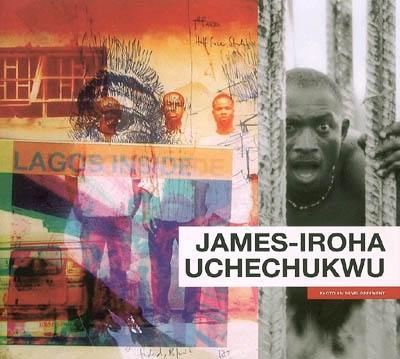
Collection(s) : Photo en développement
Paru le 01/10/2006 | Broché sous jaquette 78 pages
Tout public
édition Agence française de développement
En 2005, l'Agence Française de Développement a accentué son mécénat en faveur de la photographie africaine, par la création d'une collection de photographies et du prix Élan, consistant en l'édition d'un ouvrage au sein de la nouvelle collection Photo en développement, créée conjointement par l'AFD et les éditions de l'Oeil.
Le premier prix Elan - soulignant un tournant important pris par un photographe africain dans son travail - a été attribué à James-Iroha Uchechukwu, photographe nigerian, pour la série Fire, Flesh and Blood présentée aux 6e Rencontres africaines de la Photographie.
Né en 1972, d'abord sculpteur, mais aussi dessinateur, « Uche » adopte finalement la photographie parce qu'elle lui permet, dit-il « d'écrire avec la lumière ». Et ce qu'il « écrit » ainsi, de son écriture si moderne, trace le portrait d'une Africaine contemporaine toujours debout.
In 2005, the French Development Agency (AFD) intensified its sponsorship of African photography with the creation of a collection of photographs and the Elan photography award, consisting of the publication of a book in the new Photo en Développement series, co-created by the AFD and Editions de l'Oeil.
The first Elan award - designed to recognise a watershed in the career of an African photographer - was attributed to Nigerian photographer James-Iroha Uchechukwu for the Fire, Flesh and Blood series that he presented at the 6th African Photography Encounters.
« Uche », who was born in 1972, first worked as a sculptor and draughtsman before finally opting for photography because, as he says, it allows him « to write with light ». And, with his highly contemporary « writing », he traces the portrait of a resilient modern Africa.